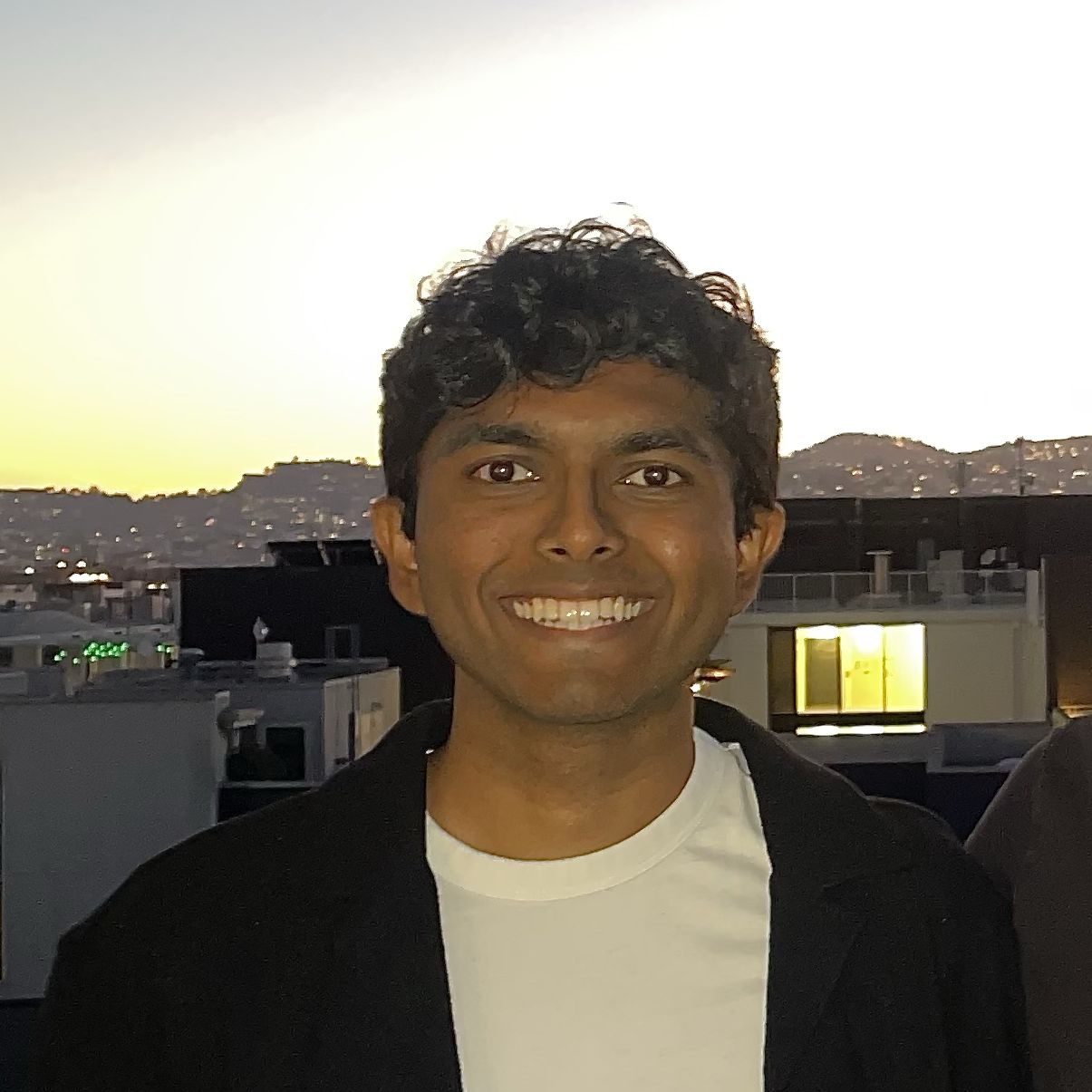
Hi! My name is Neel Gandhi and I'm a Carnegie Mellon University alum. I majored in ECE and minored in CS and BME. I have interests in computer systems, computer vision, parallel computing, and brain computer interfacing.

Hi! My name is Neel Gandhi and I'm a Carnegie Mellon University alum. I majored in ECE and minored in CS and BME. I have interests in computer systems, computer vision, parallel computing, and brain computer interfacing.